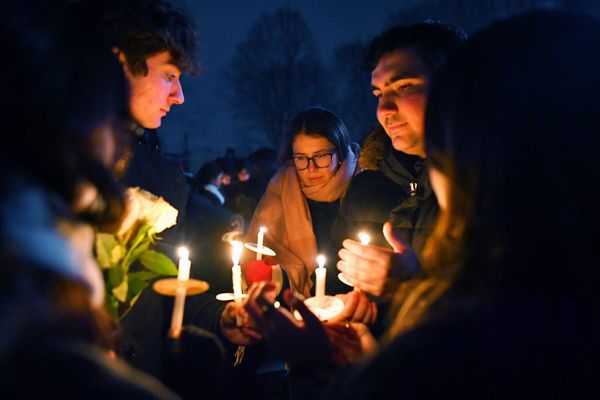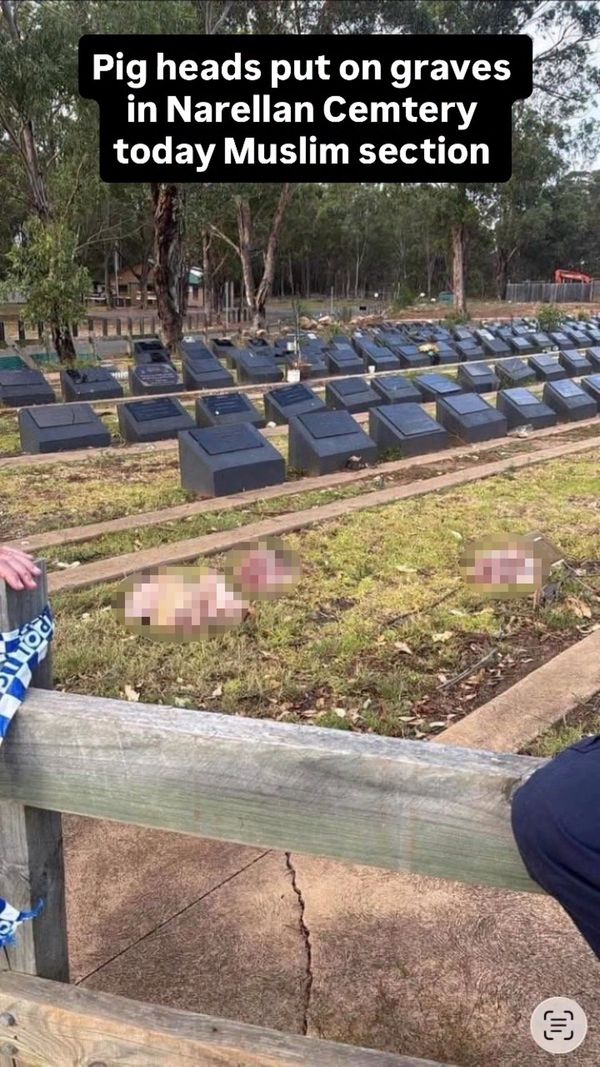
In the same way that The Graduate (1967) conveyed the heady experience of young adulthood in the late 60s, and Reality Bites (1994) for the early 90s, the Korean film Recipe for Happiness (2020), Yoon Jae-Won’s directorial feature debut, captures what it’s like to be a young (32-year-old) adult in the age of precarious neoliberal ecotastrophe. Turns out it’s not that different.
Yoo So-Won’s script starts off with a voiceover about the dire economy and disappearing job security, and one of the protagonist’s middle school classmates (Yoon Se-Hyun) is now a ranting environmental documentary filmmaker. But unlike topical films such as First Reformed (2017) or Sorry We Missed You (2019), Recipe keeps the slow-motion trainwreck in the background.
We follow the everyday life of openly unambitious and mediocre civil servant Namgoong Jin-Soo (an adorkable Gong Myung). Starting from his work and friends, the film gives us eight lighthearted and meandering vignettes that gradually reveal his main concern in life: his friendship with college buddy Jung-Soo (Park So-Jin, of K-pop group Girl’s Day). They talk often on the phone, meet up at bars and restaurants, and take a day trip to the beach (she’s a tour guide planning a route).
He wants to be more than friends, but she isn’t too hot on romance. It’s a classic setup, and the film is fleet-footed enough to not get bogged down in sappiness. They have excellent chemistry, with Gong playing the bag-holder to Park’s assertive independent woman. The conclusion to this arc is the best-in-category I’ve seen in years.
Declining to define their relationship, the film shows us that the simple fact of being together outweighs the need for conceptual clarity. Similarly, Jin-Soo’s fortune-teller father (Oh Man-Seok) prognosticates about Jin-Soo and Jung-Soo’s future together, but keeps the results to himself. As the ending voiceover says, when we receive news, we can never be sure if it’s good or bad.

And what use is clarity of knowledge when, to quote Margaret Thatcher, “there is no alternative” to neoliberal capitalism? Another of Jin-Soo’s middle school friends is a professional home tutor (Kim Woo-Hyeok), pointing up the notion that having an income is more important than having a career.
The usual reading of this film would be to criticize it for being complacent escapism, yet another film of “small pleasures” — or small comforts. But countless outstanding films that have taken a more urgent approach to life under capitalism have failed to make much difference. What use is yet another environmental screed when everyone knows how to mitigate global warming, but nobody actually does it? Continuing the struggle despite these conditions comes at a high individual cost.
That cost is what Heidegger called Angst, what Kierkegaard called the “sickness unto death,” what people gesture toward in the term “doomscrolling,” and it appears in the film in the guise of death, of strangers and of colleagues. Put bluntly, we can’t keep living like this. Instead, Recipe reminds us how important it is just to make it through the day, even as the world burns. To fight the good fight, we need to be sane and healthy fighters.

A line from William Gaddis’s anticapitalist novel JR comes to mind: “all of a sudden I thought what if I don’t, maybe I don’t have to I’d never thought of that maybe I don’t!” The insubstantial-seeming Recipe, with its carefully considered characters, events, and dialogue, allows us to stop worrying and, if not love the apocalypse, at least love ourselves while it happens all around us.
For instance, by indulging in daydreams. One highlight of the film is a heavily choreographed nighttime fight sequence, combining Walter Mitty with Jason Bourne, Jackie Chan, Lucy Liu, and even some light gunplay. It’s long and intricate and meta — a blast to watch, even if it doesn’t quite get Paul Greengrass’s camera direction right. The scene ends as improbably as it begins: with a romantic encounter.
The technical craft on display is mostly fine and competent, remarkable in its unremarkableness. The images are perfectly legible in both brightest day and darkest night, without feeling artificial in either. In the sound department, the lack of background chatter in restaurant scenes makes it sound like our protagonists are being way too loud, but then again there’s usually spicy food and alcohol involved. And the soundtrack heavily favors the ukulele. Can’t go wrong with ukulele.
READ NEXT: Bong Joon Ho’s 'Memories of Murder' Is a Film for Our Moment
TNL Editor: Nicholas Haggerty (@thenewslensintl)
If you enjoyed this article and want to receive more story updates in your news feed, please be sure to follow our Facebook.







